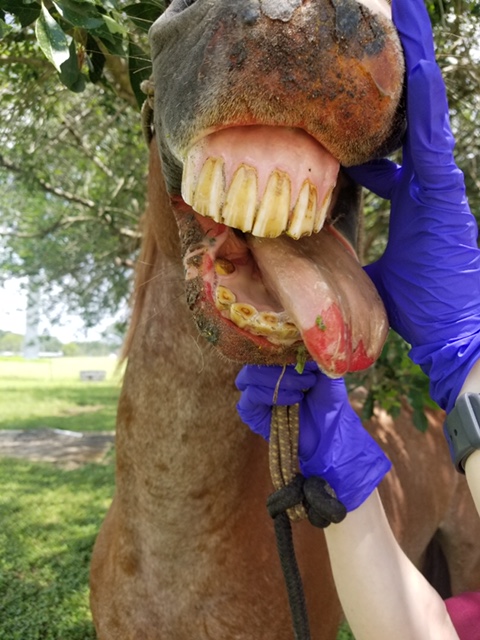
Equine infectious anemia (EIA) is a potentially fatal virus that is transferred from horse to horse via blood. Natural transmission occurs when virus is transmitted from an infected horse through biting flies, such as horseflies, deer flies or stable flies. The infective dose is limited by the amount of blood that is carried on the fly’s large mouthparts, where the virus survives for less than four hours.
A horsefly interrupted in its feeding will attack a new host. But the further away the potential new host, the more likely the fly is to return to its original victim. Studies show that if a new horse host is tethered at distances of 50 yards or more, it is predominantly (although not entirely) immune from attack since the fly usually returns to the original host. That said, 200 yards is considered a better safety margin of separation.
While biting flies used to be the main vector for spread of EIA virus, currently the predominant source of infection is due to iatrogenic causes, particularly in Quarter Horse racehorses and unsanctioned Bush Track racing. (Iatrogenic means that people and medical treatments—such as blood doping or contaminated needles that are re-used—are a likely source and cause of transmission.) Sources of infected blood come from contaminated blood or blood products, through shared needles, or blood contamination of hands, dental equipment or other instruments used previously on an infected horse, then used on other horses without disinfection.
Horses with EIA virus infection might experience one or more of three phases—acute, chronic and an inapparent carrier. During clinical episodes with high fever, EIA virus attains its highest blood-associated titers. Most infected horses develop anemia despite being seemingly fit and able to perform. Those in an acute crisis experience severe hemolytic anemia and are likely to die. Infected individuals that progress to a relative state of remission still serve as a reservoir for viral infection either via insect vectors and/or iatrogenic sources—these are inapparent carriers. If stressed or experiencing age-related deterioration in the immune system, an inapparent carrier tends to be an active source of infection to other horses.
Many states have laws that require positive EIA horses to be euthanized or housed in insect-free stabling a set distance from other horses.
Vesicular Stomatitis Virus (VSV)
A horse infected with vesicular stomatitis virus (VSV) develops blisters on the lips, tongue, nostrils, muzzle, ears, teats, sheath and/or coronary bands. These blisters are highly infectious to others. Vesicular stomatitis virus (VSV) is transmitted primarily by biting flies, such as biting midges (Culicoides), sand flies and black flies. There are instances of infection under laboratory conditions with mosquitoes, eye gnats, face and house flies, and grasshoppers. It is yet unknown if these insects have any role in natural transmission.
Another primary mode of transmission is by direct contact with infectious secretions from an infected horse. The virus might also be transmitted through indirect contact with fomites (waterers, feed pans, tack and equipment) that a sick horse has contaminated with saliva and secretions. VSV is also able to survive on plant surfaces for up to 24 hours, so it can be spread orally through grazing.
Facilities with sick horses are quarantined by order of the State Boards of Veterinary Medicine based on a veterinary diagnosis and confirmation of a blood test.
Pigeon Fever
Called pigeon fever because of the typical bulbous swelling on a horse’s pectoral muscles of the chest that gives the appearance of a pigeon breast, this infection is caused by the bacterium Corynebacteria pseudotuberculosis. Most abscesses associated with this infection are external; however, they can develop internally, with serious consequences. Ulcerative lymphangitis with massive swelling of the limb is another possible result of Corynebacteria infection.
The bacteria are typically spread by houseflies, stable flies and horn flies that come in contact with draining wounds from infected horses. Outbreaks tend to occur during drought periods, particularly in the western United States, with insects congregating around waterways and moist areas.


